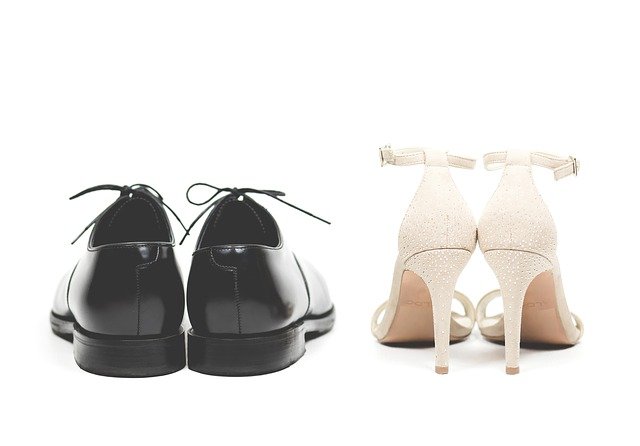
Industry-wide data
In 2019, the worldwide fashion eCommerce sector was projected to fall from a whopping $531.25 billion up to $485.62 billion by 2020. The lessened compound annual growth rate of -8.59% can largely be attributed to the COVID-19 pandemic. Nevertheless, the market is expected to bounce back and reach a staggering $672.71 billion by the year 2023.
In America only, the eCommerce fashion sector took up 29.5% of the global fashion retail sales made in 2020. The US market value is expected to significantly contribute to the world’s eCommerce fashion industry, getting to $100 billion by 2021.
The force behind this growth is the following noteworthy opportunities:
- Growing international markets beyond the West
- Improving Online accessibility and Smartphone integration
- Innovative tech to create heuristic eCommerce
- Developing middle classes worldwide with disposable income
- Taking advantage of influencer and celebrity culture and power.
The major risks to reputable brands include:
Market fragmentation leads to the loss of brand loyalty
The charges of reducing online return rates of up to 50%
The ability of fast fashion to design and put out different styles on demand
Demands from customers to use green and ethically sourced manufacturing raw materials. If you would like to know more about a slim thick body type then see here.
We will look into the methods to such problems later on. At this time, let’s review how these large figures play out in the fashion industry domain.
The COVID impact
The COVID-19 pandemic basically threw last year’s eCommerce fashion projections out the window. When restrictions were imposed worldwide in March 2020, 27% of American consumers stated they would spend ‘significantly’ or ‘somewhat’ less money when it comes to fashion and luxury items than the amount they had previously budgeted.
In spite of this, fashion internet retailers surged. Brands such as Zalando saw growth in GMV of 32%-34% during 2020’s second quarter. On the other hand, Boohoo, a UK retailer reported a 45% growth in revenue across its fashion brands (mainly online) during the same time.
This is probably the reason why nearly half of the fashion retailers in the world haven’t changed their eCommerce strategy since the coronavirus pandemic broke out.
One part of fashion retail that has really taken its stride is athleisure. As of 2018, the athleisure market was appraised at $155.2 billion – a number that is sure to increase. Athleisure is projected to have a 6.7% CAGR starting from 2019 all through to 2026 and get to $257.1 billion.
With workplaces, brick-and-mortar stores, and schools closed, nearly a quarter of US consumers opted to go with athleisure clothing as their top-three fashion selections they would spend their government-sponsored stipend.
The upshot? Brands with athleisure in their collection, such as Lululemon and Nike, have seen exponential growth during this pandemic period.
Clothing and apparel
Reduced digital barriers provide clothing merchants with the chance to automatically promote, sell, and meet orders internationally. Because of this, both revenues per user and global revenue are estimated to increase.
In Europe only, it’s anticipated that every customer will dish out $921 on fashion items as the year progresses.
Although the absolute figures of the clothing sector are steadily rising, global revenue growth is reducing: dropping from 15.3% in 2018 to 7.6%in 2022. The overall CAGR of the eCommerce fashion industry is expected to sum a measly 3.3% between the years 2017 and 2024.
This trend can be attributed to western-market saturation. When the growth is compared between China, Europe, and America, the situation gets even bleaker.
From 2017 to 2022, CAGR is estimated to settle at the following figures:
- 14.1% in China
- 8.7% in Europe
- 8.8% in America
Shoe segment
As a component of eCommerce fashion, the shoe sector exhibited identical peaks. In the international market scene, footwear is expected to rise to $530.3 billion by 2027 from $365.5 billion in 2022.
Comments are closed